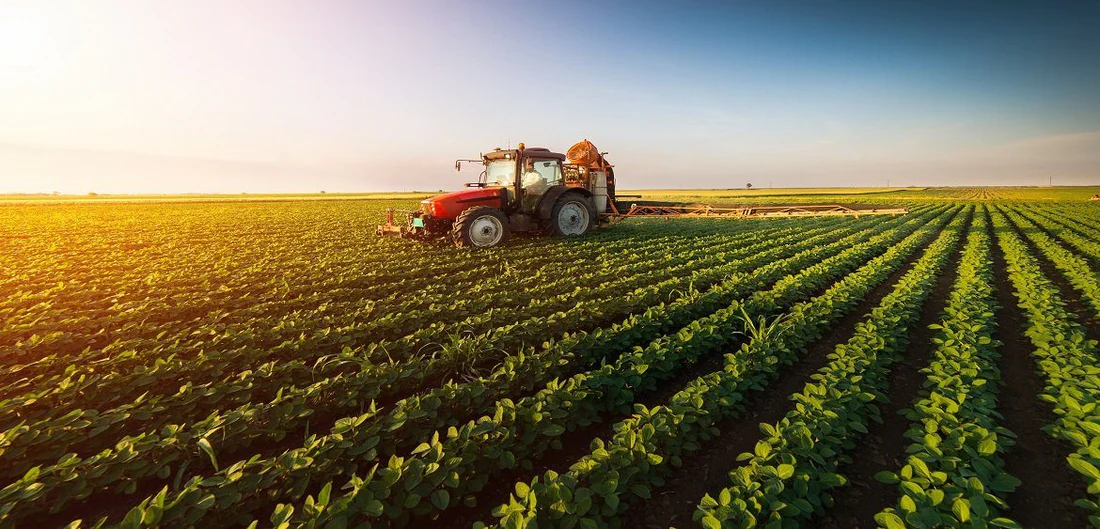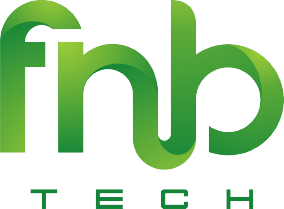Cultivating Success: How Plant Monitoring Empowers Smart Agriculture
Plant monitoring In the ever-evolving world of agriculture, the pursuit of efficiency, sustainability, and increased yields has become paramount. This quest for optimization has ushered in the era of Smart Agriculture, a data-driven approach that leverages technology to enhance decision-making and resource management throughout the agricultural cycle. A key component within this innovative ecosystem is plant monitoring, a practice that utilizes various sensors and technologies to gather real-time information about the health and status of crops. This article delves into the world of plant monitoring, exploring its benefits, various implementation strategies, and potential future advancements, ultimately demonstrating its role in cultivating success within the Smart Agriculture movement.
Benefits of Plant Monitoring
Traditional farming practices often rely on visual inspection and intuition for decision-making regarding irrigation, fertilization, and pest control. However, these methods are susceptible to human error and lack the granularity necessary for optimal crop management. Plant monitoring, on the other hand, offers a multitude of benefits for farmers, including:
- Improved data-driven decision-making: By providing real-time data on various parameters such as soil moisture, temperature, humidity, and plant growth, plant monitoring empowers farmers to make informed decisions based on accurate information rather than intuition.
- Enhanced resource management: The data gleaned from plant monitoring allows farmers to optimize the use of essential resources like water and fertilizer. Precise information on soil moisture levels allows for targeted irrigation, reducing water waste while ensuring plants receive adequate hydration. Similarly, data on nutrient levels can guide fertilization strategies, preventing over-application and minimizing environmental impact.
- Early detection of stress and disease: Plant monitoring systems are adept at identifying subtle changes in parameters that may indicate underlying stress or disease. By detecting these changes early, farmers can take timely and preventive action, minimizing potential losses and improving overall crop health.
- Increased efficiency and productivity: By enabling data-driven decision-making and optimized resource management, plant monitoring can significantly improve farm efficiency and ultimately lead to increased crop yields and profitability.
- Improved sustainability: By minimizing water waste, reducing dependence on chemical fertilizers, and enabling early disease prevention, plant monitoring contributes to more sustainable agricultural practices.
Implementing Plant Monitoring Solutions
The implementation of plant monitoring systems can vary depending on farm size, resources, and specific needs. However, several common approaches exist:
- Sensor-based monitoring systems: These systems utilize various sensors strategically placed within the field to collect data on environmental conditions (temperature, humidity, rainfall) and plant health indicators (soil moisture, leaf temperature, plant height). The collected data is often transmitted wirelessly to a central hub or cloud-based platform for analysis and visualization.
- Remote sensing technologies: Satellite imagery or aerial drones equipped with specialized cameras can be used to capture high-resolution images of crops, enabling farmers to analyze the overall health and growth of fields from a distance.
- Precision agriculture (PA) tools: PA integrates various technologies, including GPS guidance, yield monitors, and variable rate application (VRA) technology, to enable site-specific management practices. VRA technology, for example, allows for fertilizers and pesticides to be applied at precise rates based on real-time data, further optimizing resource utilization.
The Future of Plant Monitoring
As technology continues to evolve, we can expect plant monitoring solutions to become even more sophisticated and accessible to farmers. Some emerging trends include:
- Integration of artificial intelligence (AI) and machine learning (ML): AI and ML algorithms can be employed to analyze data collected from plant monitoring systems, identify trends and patterns, and provide farmers with actionable insights and predictive recommendations.
- Development of advanced sensor technologies: Advancements in sensor technology will lead to the creation of even more precise and robust sensors capable of measuring a wider range of parameters with greater accuracy and efficiency.
- Improved connectivity and data management: With advances in wireless communication networks and cloud-based solutions, data transmission and storage will become more efficient and reliable, enabling farmers to easily access and analyze their data from any location.
Conclusion
Plant monitoring is not just a technological advancement; it represents a paradigm shift in agricultural practices. By empowering farmers with real-time data and insights, plant monitoring paves the way for a more efficient, sustainable, and productive future for agriculture. As technology continues to evolve and solutions become more accessible, the potential of plant monitoring to revolutionize the agricultural sector is undeniable. By embracing these innovative approaches, farmers can cultivate success and ensure the continued growth and prosperity of this vital industry.





